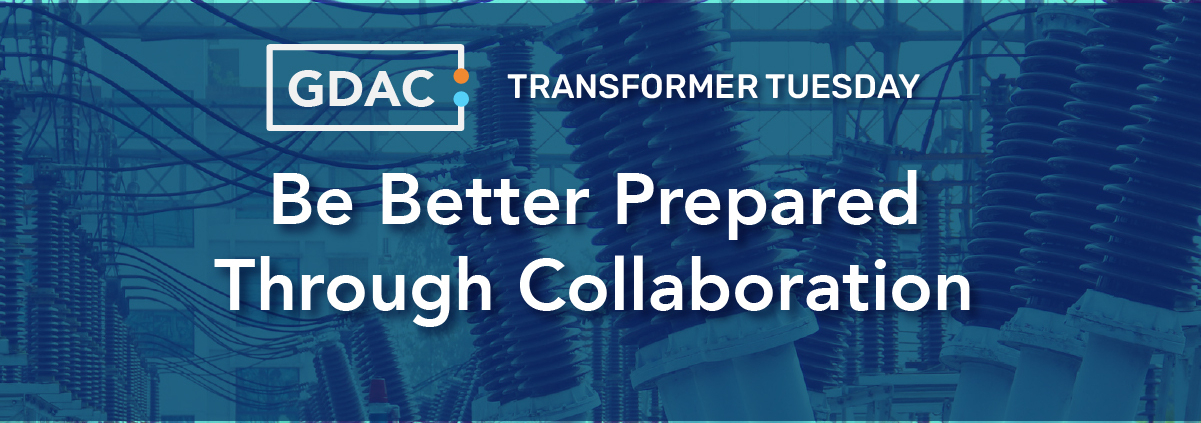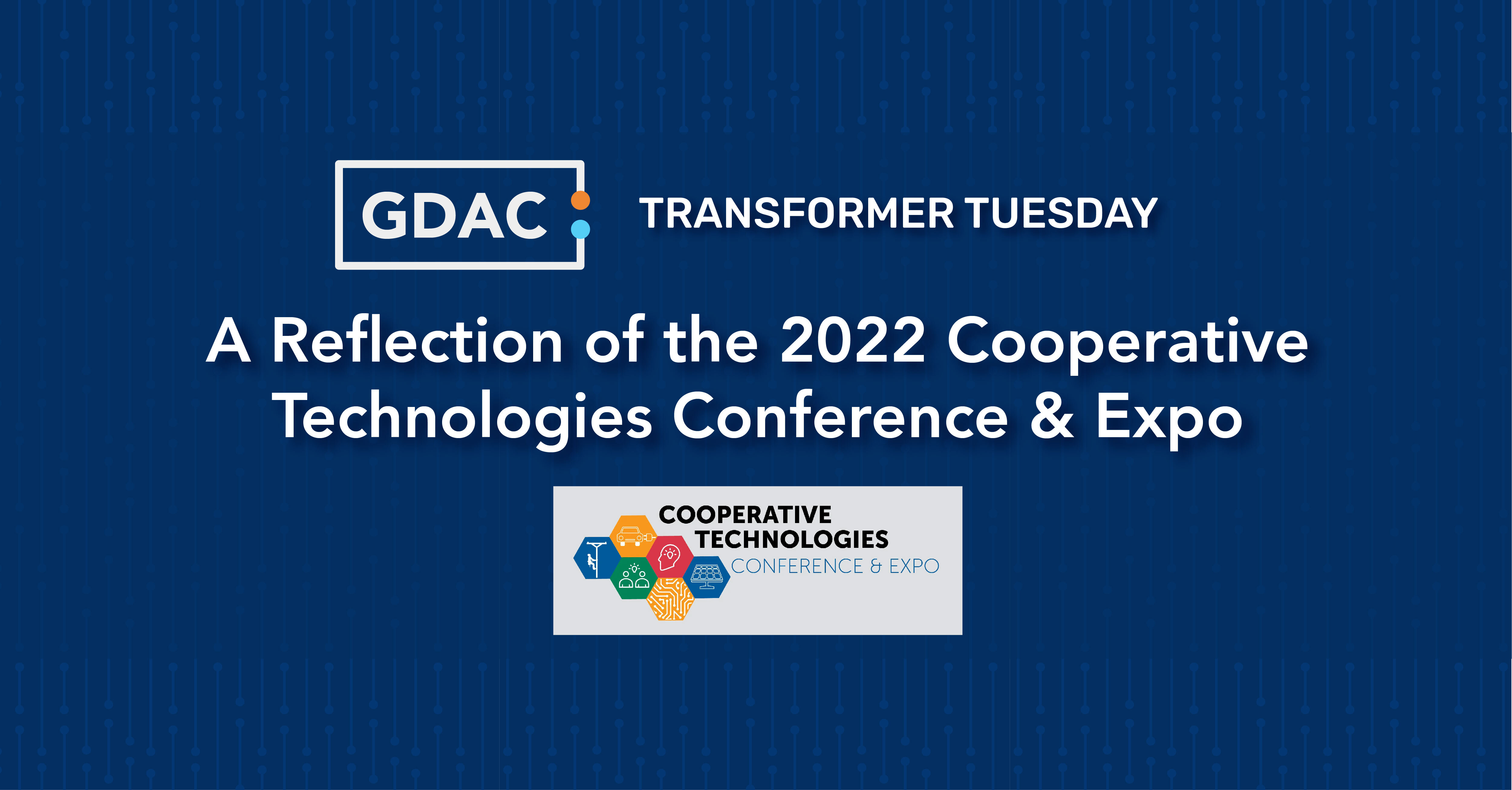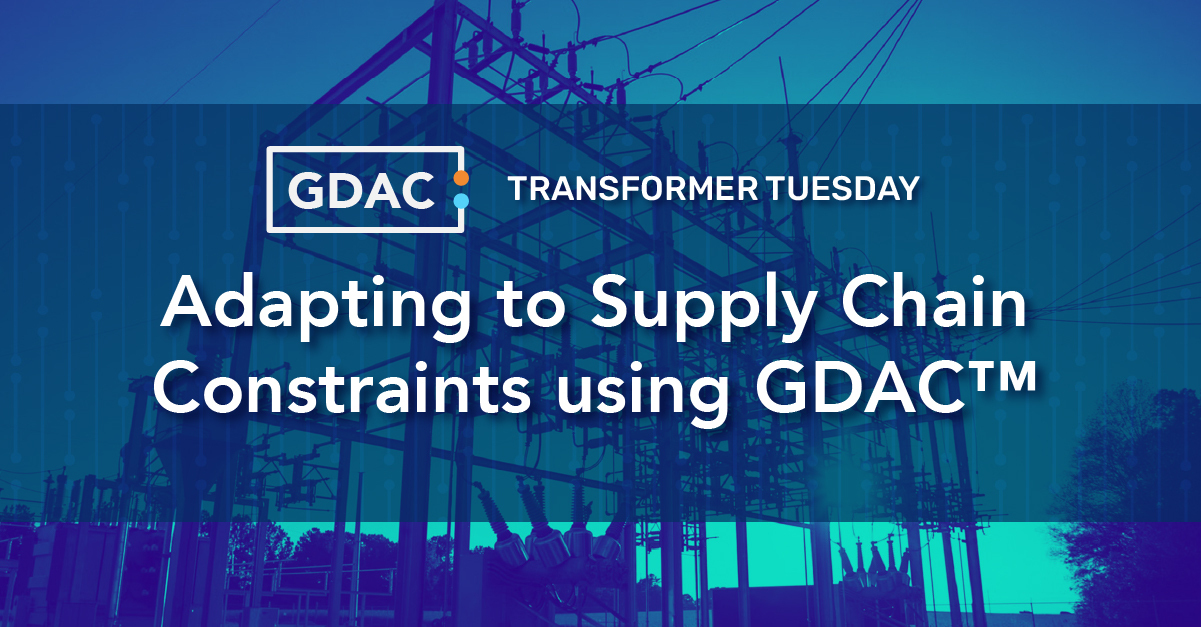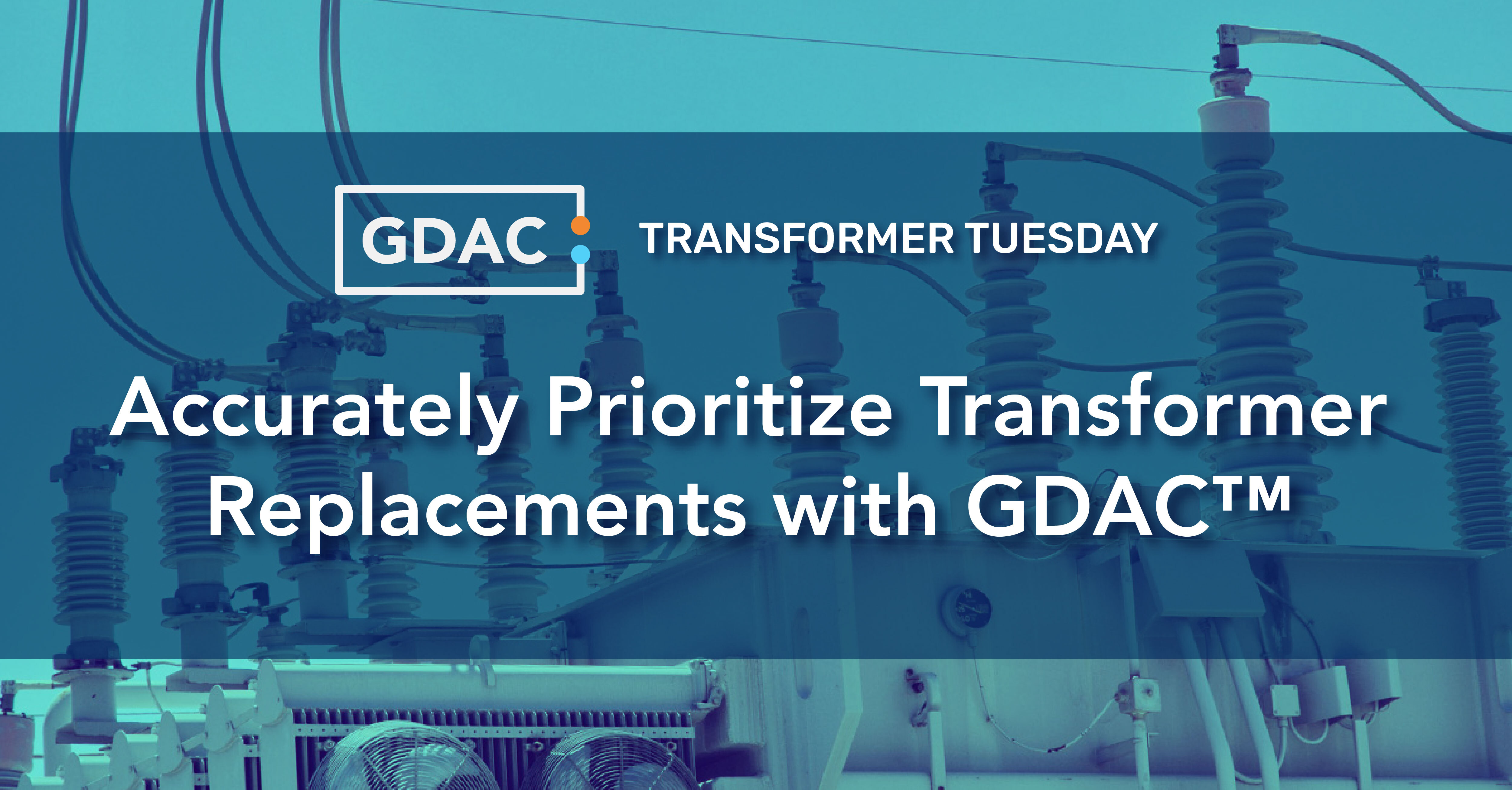Transformer Tuesday: Be Better Prepared Through Collaboration
This is the fourth installment of our blog series, “Transformer Tuesday,” brought to you by VIA’s Will Chapman. In this series, we’ll address how leading utilities use VIA’s GDAC™ solution to manage their substation transformers with greater ease, insight, and cost effectiveness.
Careful readers of our Transformer Tuesday blog series learned last week how some electric utilities deal with the challenges of having limited amounts of data to train predictive models that can identify routine failures.
We tend to think of utilities as stable businesses operating in conditions that stay the same for long periods of time. But, for the first time in over a century, several forces are simultaneously changing things that were once stable in the electricity industry. Such changes include:
- Fossil fuel vehicles being replaced by electric vehicles (EVs), thereby demanding more electricity capacity
- Consumers becoming power producers through distributed energy resources, causing disruptions to the “traditional” flow of power
- Growing amounts of extreme weather events causing wear-and-tear on essential grid equipment at quick rates
- Increasing amounts of intermittent generation sources make it difficult to know when to use non-renewable generation sources
With these dynamics, one thing will still remain certain: ensuring reliability for customers.
Location plays an influential role in electricity dynamics. And, depending on the location of a utility, they may not have experienced some of the same stressors that utilities located in other places have, yet.
With the above novel factors contributing to the degradation of essential grid infrastructure assets like substation transformers, electric utilities have turned to analytical tools to identify and forecast asset condition changes.
Location, location, location, and, analytics!
Let’s frame up a scenario: Utility A is located in a jurisdiction where there aren’t many EVs on the road. Like other utilities, Utility A analyzes current and future condition changes of its substation transformers. However, with the limited amount of EVs it provides power to, Utility A’s analytical tools aren’t well acquainted with EVs and how they impact its assets.
To go back to location: what happens if Utility A’s jurisdiction implements attractive incentives to rapidly increase the adoption of EVs? What does this mean for Utility A’s ability to effectively analyze and forecast condition changes if it has no EV data to learn from?
Plain and simple: Utility A’s analytical tools can’t accurately identify and forecast transformers ailed by growing EV demands.
So, what can utilities learn from The Beatles?
Yes, you read that right, we’re going to learn from The Beatles. To paraphrase The Beatles, utilities can get by with a little help from their friends to acquire new knowledge of factors they aren’t familiar with in order to improve their analytical tools. In the scenario we outlined, Utility A can learn from other utilities located in places where EVs are pervasive.
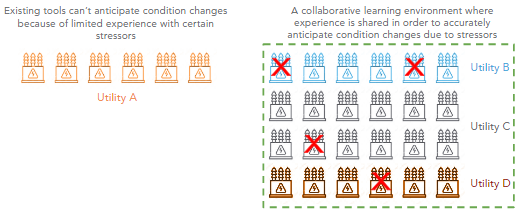
VIA’s GDAC™ plays to the tune of The Beatles.
Preparing With Collaboration
GDAC™ provides a secure way for utilities to pool their experience without compromising data privacy and security. By pooling their transformer insights with GDAC™, utilities can expand their knowledge of condition changes caused by novel stressors more quickly and securely.
With GDAC™, Utility A can be better prepared to anticipate transformer condition changes by using the analytical tools that have been informed by EV-related stress experienced by utilities B, C, and D.
This unique technology enables GDAC™ member utilities to apply sophisticated analysis to one another’s data without sharing copies.
Curious to learn more?
Reach out to me on LinkedIn or email sales@solvewithvia.com to set up some time to chat and get a free analysis of your most at risk transformers.

